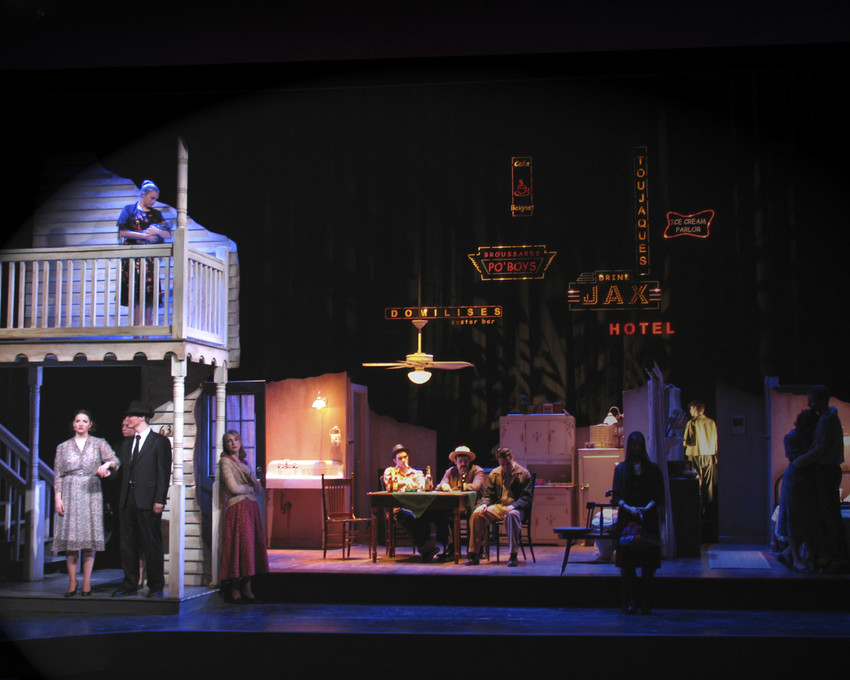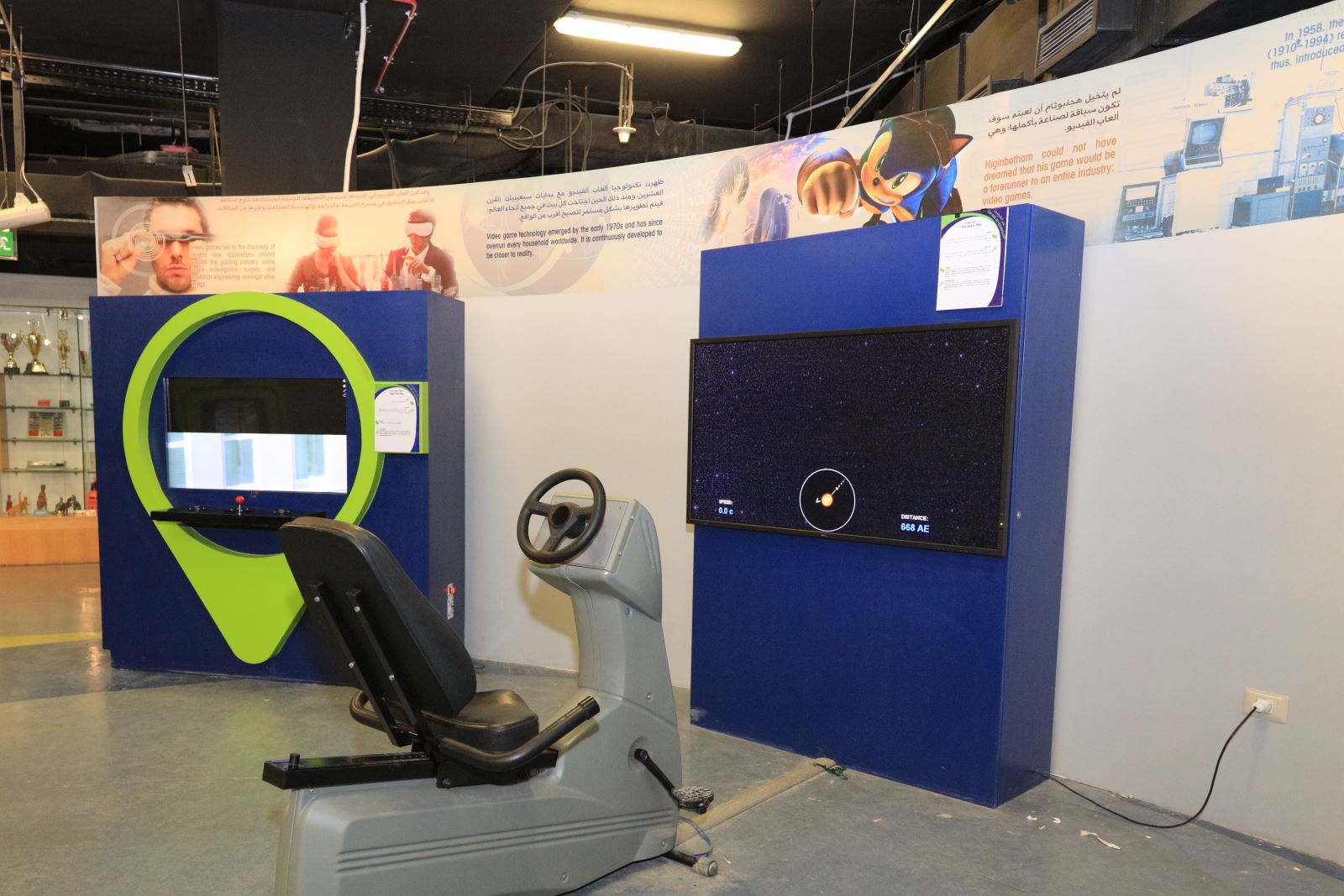The Science behind Scenography
Share




We live within worlds of stories, and we use stories to shape these worlds. People love stories; a good story is always entertaining. Stories are a set of techniques and tools that transform information into emotion by translating data elements to communicate with the audience. The story is the written description of the narrative content for an exhibition or a museum; stories add context to design. Storytelling can be found in the picture, the movement, and the rhythm; narrative, on the other hand, relates only to the theme and the presentation of the storytelling.
The development of “story” in design involves two main elements: theme and narrative. The role of the designer is to create attractive spaces that translate complex stories into a presentation that engages the visitor into a complete experience of content. Different methods can be identified in designing the spaces of narrative designs.
One such method is adopting theatrical and cinematic language to enrich the aesthetics of contemporary exhibition design through studying the concepts of theater, to write the exhibition and re-imagine it as a theater. Another is enhancing the exhibition space using these new narrative tools and innovative techniques, similar to the theater group where the main characters are the same things; a complete set with special effects and play tricks designed to entertain the spectator and visitor to keep his attention always during his trip within the exhibition.
Scenography can be defined as the art of coordination and control of space to achieve the objectives of the performance, which forms the framework in which events take place. In other words, scenography is a representation of theatrical space and its formation through furnishing it with a series of audio and visual signs to clarify the meanings of the dramatic text.

Scenography translates content into physically accessible 3D environments, resulting in “narrative spaces”. The narrative space is a comprehensive structure that uses and implements various tools to prepare the stage in order to generate theatrical and emotional spatial themes. The narrative space, thus, constitutes a physically accessible environment, which acts as a means of conveying information or emotions. It makes it possible for the visitor to participate; hence, impressions remain longer in the visitors’ memory.
Scenography science uses a multifaceted set of scene preparation tools for various creative disciplines; such as: architecture, interior design, photography, light, sound, media design, performance, fine art, installation art, theater, opera, and cinema. The interaction between different disciplines, the dynamic processing of space and the scenography can create experimental spaces that can be physically explored, characterized through an aesthetic experience and a growing orientation to the visitor.
The “Parameters of Scenography”—content, object, space, and recipient, as well as parcours and dramaturgy—are the basis and starting point of every move to develop a content-generated exhibition concept and holistic design:
- The “Object” represents the source, the authentic thing, the bearer of meanings, and the storyteller.
- The “Content” represents the overall narrative, the storytelling, the plot, and the message.
- The “Space” defines the physical border-lines and the venue; it represents the narrative, the choreographed and dramatized exhibition space.
- The “Recipient” is the main addressee, the visitor; his/her perception stands in relation to object, content, space, scenography, and dramaturgy.
- The “Routing and Dramaturgy” represent the guiding thread through the exhibition and structure the visitors’ experience.
Scenography creates fascinating spatial dramaturgies and choreographies. Scenography tools enable the designer to create an imaginary experience that stimulates all senses. Recent scenography displays offer a series of different strategies for presenting elements and content; thus, showing a new and surprising perspective in exhibition design.

The PSC ALEXploratorium display design using storytelling
Strategies are the third pillar in scenography after “parameters” and “scenography tools”; they create the scene, complement the parameters and tools, to integrate them. Theater strategies include re-contextualization, information on demand, comparison, reconstruction, deconstruction, zooming, transformation, exploration, spatial conversion, and maps.
Display spaces explore a series of theatrical performances and scenography. Theatrical thought opens opportunities for narrative experience and visual images to create new possibilities to display ideas in display spaces. Scenography aims to motivate, participate, and engage the audience with the exhibition space through attractive displays.
References
https://www.museums-exhibiting-europe.de
http://retailnext.net
http://www.worldsciencefestival.com
*Published in SCIplanet, Autumn 2018 Issue "Science and Art".